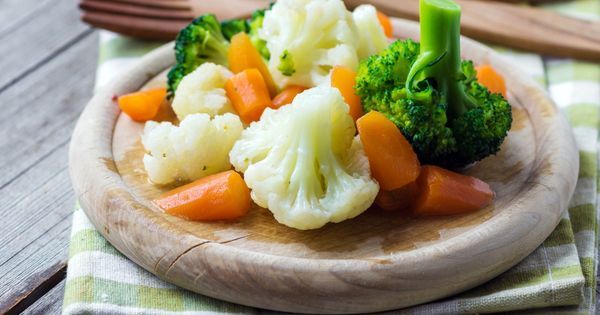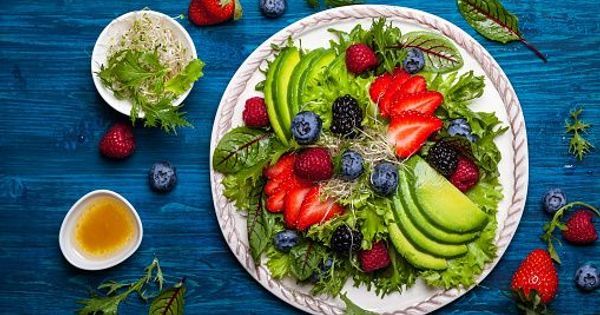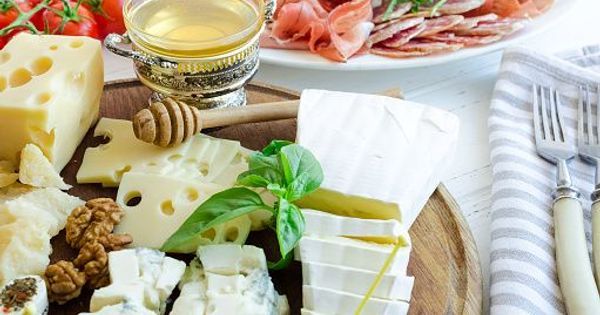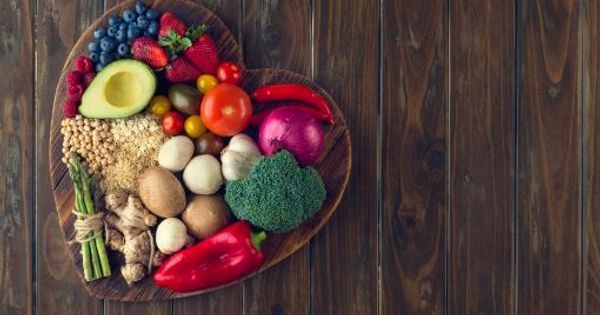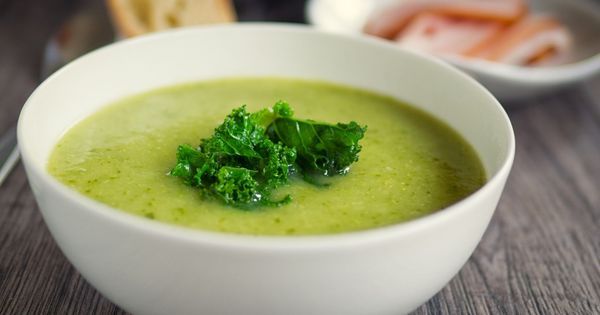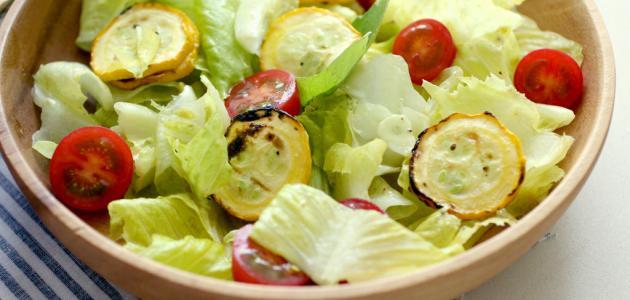The GI diet is a way of eating based on the Glycemic Index of each food. Relatively easy to follow, it promotes weight loss and the body's balance to maintain health by recommending the consumption of low GI foods.
What is the GI diet?
The GI diet (for Glycemic Index) is based on the basic value of foods. Each food has its own GI, and depending on its value it is more or less interesting for the proper functioning of the body according to its needs.
The GI diet is above all a dietary change to improve health, it is advisable to avoid all foods with high GI as much as possible in order to avoid the secretion of insulin.
When eating foods with high GI, the blood sugar level increases sharply and activates the secretion of insulin. On the other hand, by feeding the body with low GI foods, the fats already present become a source of energy! and this functioning makes it possible to lose weight and / or to regulate it.
How the regime works, main principles
When you want to use the GI diet to lose weight, it takes place in two phases. Otherwise, it is enough to adopt this food method on a daily basis, and for life, on the basis of phase 2. A reference of the glycemic index of foods is essential to be able to apply this diet.
IG
VALUE
High
Greater than 70
Moderate
Between 50 and 70
Low
Less than 50
The GI of food is not enough to follow this diet. We must also take into account the CG, glycemic load, which is calculated per unit, and 1 unit corresponds to 1 g of glucose. The goal is not to exceed 80 CG units per day. As a guide, salmon counts for 0 CG, carrots for 2, pancakes for 22 and lasagna for 305.
Phase 1 known as "Starter"
For a period of at least 15 days to a maximum of 1 month, you should only eat foods with a low GI in order to trigger weight loss. cereals are prohibited during this phase.
Phase 2
The idea is to continue to eat mostly low GI foods, adding moderate GI foods. Avoid high GI foods as much as possible, consume them exceptionally and with other foods that can lower their CG.
What can I eat?
With the GI diet, there is no such thing as a dietary restriction. It is about combining foods in a judicious way so that the GI is lowered.
As a general rule, the more elements the meal has, the lower the GI. It is therefore recommended to decorate its menus with chopped herbs, capers, olives, spices, etc.
It is also advisable to regularly consume acidic foods that reduce the blood sugar levels of the food bowl such as lemon, apple cider vinegar, pickles or lactose-fermented products such as sauerkraut.
Recommended foods (low GI)
Prohibited foods
No food is prohibited with regard to the GI diet ... It is the associations of foods that guide consumption.
Foods to eat in moderation (high GI)
Note: Cooking foods can change their Glycemic Index, prefer steaming or stewing??? because the more a food is processed, the more its GI increases. Pasta must absolutely be cooked al dente, for example.
Ease of following this diet
Cost
Coaching effectiveness
Exercises
Is this diet dangerous for health?
Eating foods with too high GI increases the risk of lung cancer6 and other diseases ... The GI diet, favoring the consumption of foods with low GI, respects all the nutritional needs of the body and maintains its health capital, there is therefore no no risk in following this diet.
Is this diet compatible with special diets?
Vegetarian diet
The GI diet can be adapted to a vegetarian diet, selecting foods like tofu, eggs, or fish in place of meats.
Vegan diet (vegan)
The GI diet can be adapted to a vegan diet, in particular by consuming vegetable proteins instead of animal proteins.
Gluten free diet
The GI diet is compatible with a gluten-free diet as long as you choose starchy foods that do not contain it such as buckwheat pasta, wholemeal rice flour bread, etc.
Low salt diet
The GI diet is compatible with a low-salt diet since it avoids any consumption of ultra-processed products carrying large amounts of salt.
Hide diet
The GI diet is compatible with a kosher diet as long as you choose kosher meat and the types of fish categorized as kosher.
Halal diet
The GI diet is compatible with a halal diet provided that you choose halal meat.
Are the contributions of this diet sufficient?
There is no risk associated with the GI diet because it offers a varied diet. It is indeed rich in vegetables and fruits which provide fiber, vitamins and nutrients essential for the functioning of the human body??? but also in proteins, potassium and magnesium.
What type of menus does this diet offer?
Here is an example of a typical menu with the IG diet:
Breakfast
At lunch
Snack (snack or snack)
At dinner
Note: A snack is not mandatory, and it is even better to avoid it when you are in the process of losing weight.

